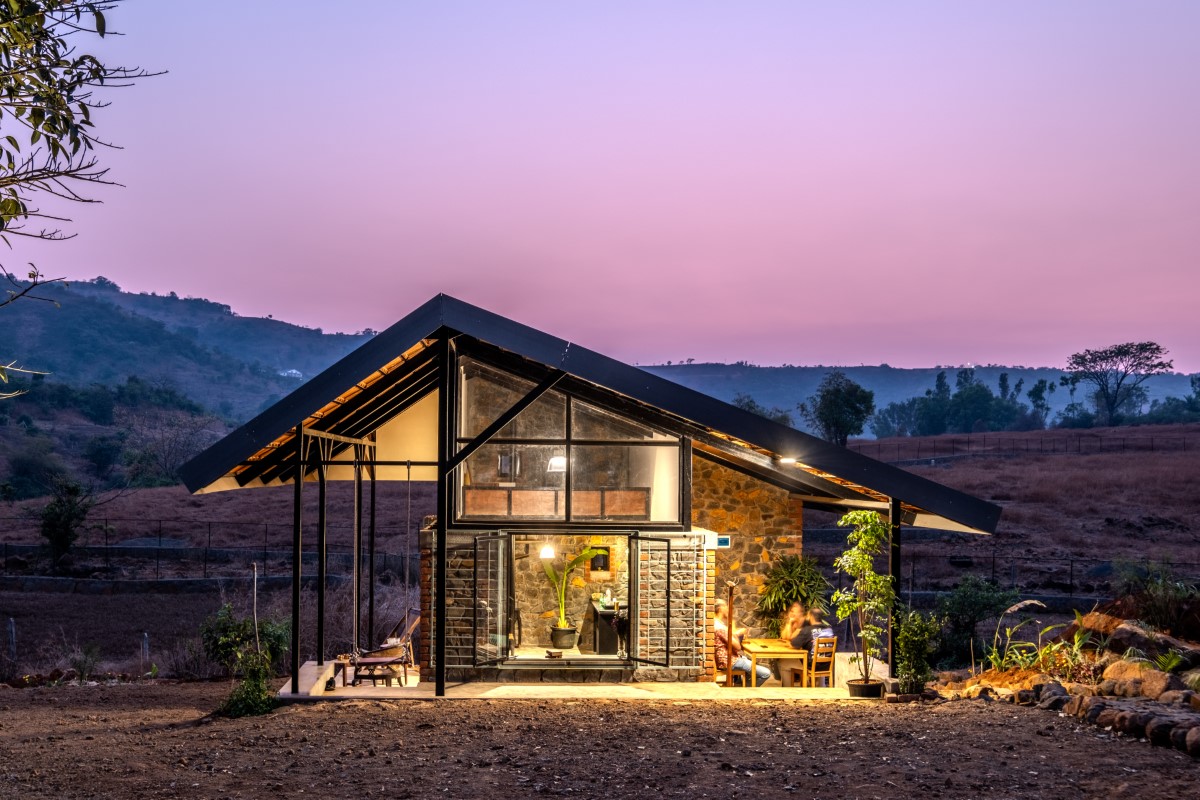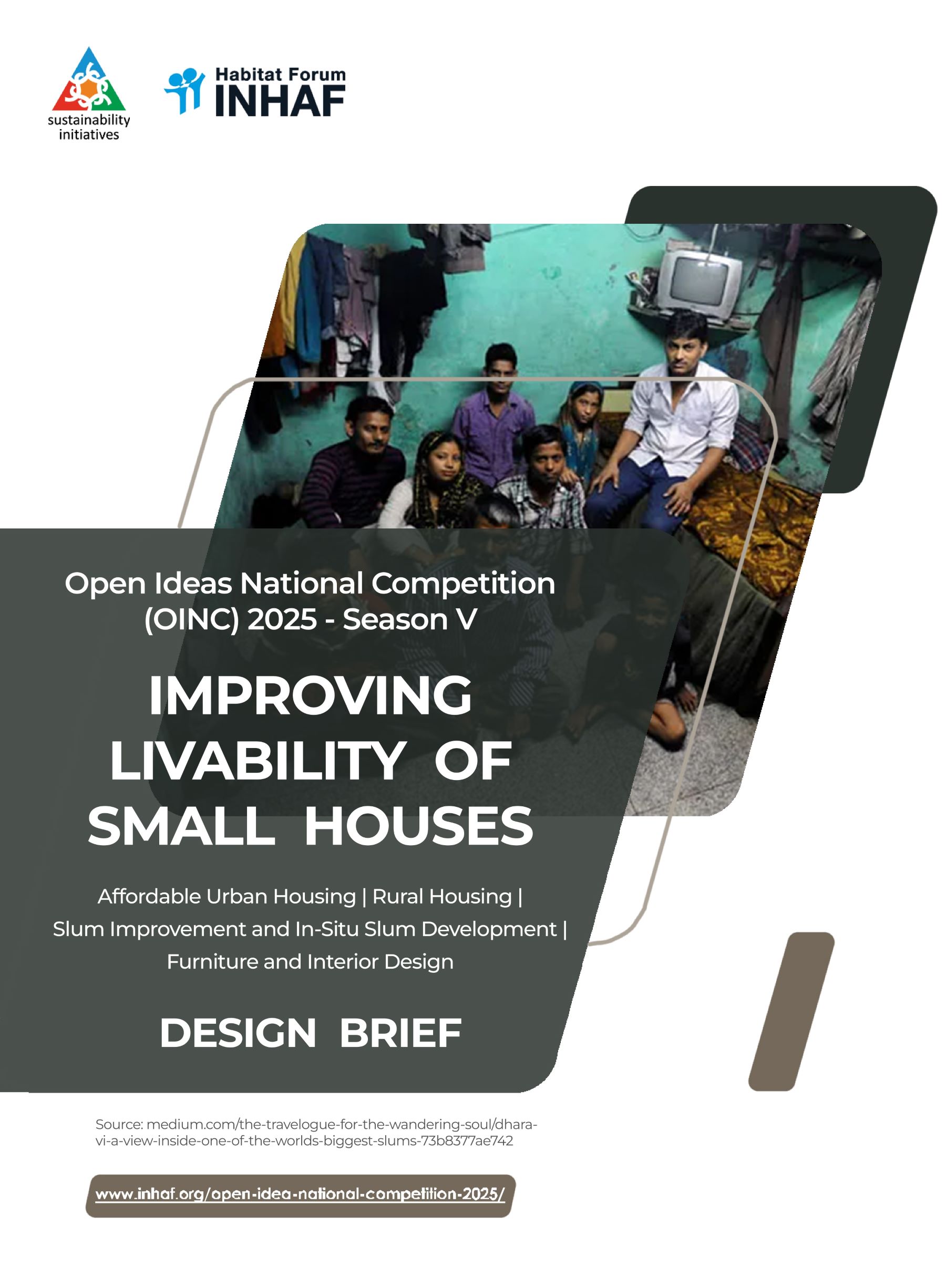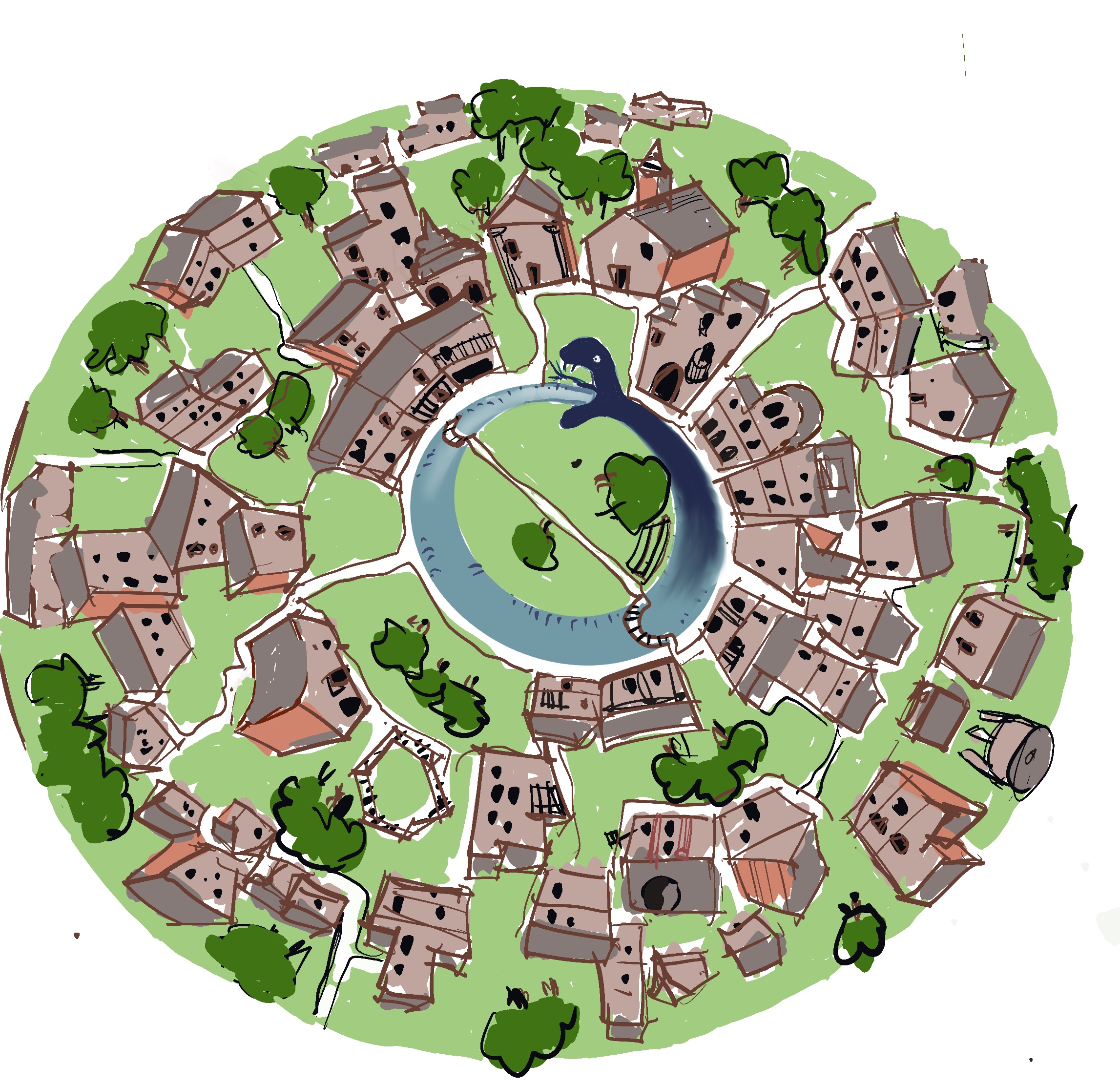
This article is in continuation of my earlier post regarding my perception of our relationship with the Council of Architecture (CoA) and, in turn, CoA’s efforts [or lack thereof] in the improvement of architectural practice and education.
Unsurprisingly, the article sparked some significant dialogue amongst many commentators. It also reinstated the fact that the topic of CoA has become an issue of significant passion amongst participating architects. Then again, many of us would have found these matters too out-of-sight-out-of-mind, and some fence-sitters would have been thoroughly confused by various legal jargon and lobbying. Emails and accusations carrying potent home-grown “truths” have been doing the rounds amongst mailing lists.
Throughout history, free people have always desisted authoritative institutions. The intelligentsia has scorned any assembly of “elders” who could dictate or control the path of growth and well-being. This sociological tendency is the base ground on which our relationship to the Architects Act, and in turn, the CoA, has stemmed from. Many pride-filled architects have had a loveless relationship with such institutions as the Council of Architecture.
Thus, the Executive Council Members of the CoA have low acknowledgement, recognition, and respect in the minds of many architects, even though they may be in positions of repute either by seniority, government promotions, or any semblance of admirable work in the fields of profession or academia. We would, by nature, look at them with mild suspicion and slight scorn, and welcome with gleeful joy an opportunity to see the heavyweights tumble so as to have them mingle in the rabble of the common folk.
This is human nature, and while some may have endearing fight-worthy favourites, we look forward to equalisation, to the annihilation of control, and the decimation of the throne. This psychology has continued from gladiatorial Rome to modern-day Libya.
Recently (and by that, I mean over the last 2 years or so), there has been a concerted effort to amend the Architects Act of 1972, the base legal document which defines our purpose, protects our role and offers guidance on our functioning. As a bottom-line statement, this is a definitive welcome move. But beyond this statement, it is both important and interesting to note the reasons based on which the Amendments were proposed.
The present President of the CoA has managed to rub many people the wrong way. Not taking away the various welcome changes or reforms that he has initiated over his tenure, the President has managed to make quite a few enemies while maintaining a contingent of loyalists as well.
The continuance of his term, albeit within the legal framework, has been seen by some as a travesty of legal recourse and as rather justly wrong; and other power mongers, waiting in the shadow of the throne, may have Chinese-whispered various allegations to the Ministry of HRD, under which the CoA has been functioning. This led the MHRD to respond to such various allegations, and in the light of the Kapil Sibal-led-MHRD being overtly proactive and selfishly authoritative themselves, they suddenly realised that this Council of Architecture, which has missed their radar for many decades, has not been paying obeisance to their master for all these years!
They read about premier schools of Architecture being shut down by the Council (although they forgot to read the next line which said they were severely understaffed and relying only on its withering brand value), they read of favouritism and possible targeted discrimination, and they read of a President who has continued for 7 years even though he was supposed to for only 3 (here, they also forgot, that it was the MHRD’s duty to conduct the elections, and despite various reminders and requests by CoA to do so, the Ministry found it probably unimportant at the time).
Ooh! This all added up to a sensationalist recipe of a scam and possible corruption! Ooooh! A power-hungry dictator brandishing a legal armoury and sitting on tiger skin rugs, wielding undisputable terror and control over the masses! MHRD must come to the rescue by amending the loopholes of the admittedly imperfect Act (and regain some control so that their appointed unknowing bureaucrat can then wield the golden mace and fill the government coffers on the side)!
So, amendments were initiated with the sole purpose of usurping an existing President so that MHRD can take control during “troubled times”. The method was draconian (control without any Court of Enquiry) and purpose of single intent. CoA loyalists were aghast, the President in reclusive battle mode, strong detractors joyous, and the rest either confused, kept in the dark, or mildly amused at the prospect of such change.
The CoA, along with the IIA Maharashtra Chapter, initiated a ‘MahaConvention’ of Architects in Pune along with an Architects National Congress that saw widespread participation from nearly 3000 architects in early October 2010. The MahaConvention brought to focus the need to amend the Act comprehensively, and reputed speakers raised issues and invited feedback on various pertinent and contemporary issues.
The Architects Congress helped prioritise issues and add features and aspects to each topic. The purpose of the Convention was to use this opportunity led by the Govt., to initiate comprehensive changes in the Act, which would actually and directly help the lot of Architects. If the Govt. could be convinced that there were 3000 architects representing more than 5% of all Architects in India, talking about various amendments and changes in the act, the MHRD’s mono-functional Amendment version could be averted.
To an extent, this did help. When the Parliamentary Standing Committee adjudicated the MHRD’s proposed Amendments to the Architects Act 2010, they, while welcoming the need for greater transparency and monitoring of alleged or possible misdemeanours, found the first version of the proposed amendments unjust, irrational and inadequate. The Standing Committee found various lacunas in the way MHRD dealt with the COA, and while acknowledging that loopholes in the Act related to elections and tenure must be plugged, felt that Amendments may be made more comprehensive and contextual to contemporary reality.
This was seen as a victory of sorts for the CoA. They felt significantly vindicated and took the opportunity to raise more opinions from Architects throughout India to streamline a more comprehensive version of the Amendments. The CoA drafted a set of amendments to the Act of 1972 that brought in more representation from actual Architects (not just a few from the IIA) and welcomed some nominees from other institutes like IIID and ISOLA.
Legally, wordings related to elections and terms were modified to suit the crucial concerns of the MHRD. Foreign Architects were made liable for greater monitoring, liability and less of a free-for-all. A professional exam is mandatory for registration as an architect. And quite drastically, corporate architectural entities were made registrable, so that company projects would be made in the name of a company and not just by a single architect.
Thankfully, the COA decided to open these amendments further for discussion and focused streamlining. In September 2011, the COA and the Indian Institute of Architects Maharashtra Chapter organised a workshop at Nagpur. The invitees were 200-odd selected Architects and Educationists from across India. The entire Executive Council of the COA were present, which included State Architects and nominees. Also present were various Architects of repute, HODs from many Schools of Architecture, and IIA Chapter Heads from across the country. All the major issues were discussed and reworded according to feedback and concerns, duly noted. The feedback and report of this comprehensive set of amendments were published and sent to all members of Parliament for their due consideration.
In December, the IIA National Convention at Hyderabad, organised by the AP Chapter, dwelt on comprehensive amendments again, spread over 3 days, and attended by many architects, young and old. A nationwide concerto of concerns had been initiated.
Nonetheless, in the winter session of parliament that was sure to be stormy because of Anna Hazare and the Lokpal Bill, Hon. Minister Shri Kapil Sibal again raised the Amendments to the Architects Bill of 2010. The newest avatar of the proposed amendments again tried to re-pass the same singular agenda-based bill with a modification to include a court of enquiry. None of the other recommendations of the Standing Committee had been considered.
The temperature was raised yet again. Many architects around India, including many of the President loyalists and Maharashtra Architects, called for a campaign to influence the Parliamentarians to adopt a more comprehensive set of amendments that actually do good for the fraternity. Detractors responded by spreading a set of allegations against the President with copies of the CBI report and a rambling, adolescent rampage against him that tried to cast doubt on most of the President’s achievements and efforts. Some of them may have been true… or not. Yet it was fun to read at the least.
More and more, it became evident that the Amendments to the Act revolved completely around a single person. As disturbing as it may be, those against the president had nothing to bring to the forum in terms of good changes to the act, except for a provision to remove a person and allow for bureaucratic control. Those for the President tried to take the high ground by not responding to these allegations, but by repeating their demands for a more comprehensive set of amendments. The winter session did not see this bill passed because of Lokpal issues and more, but it is sure to be continued in the March Budget Session.
So, it brings us back to the title of this article. Why this Kolaveri Di (murderous rage)?
Why is this entire episode oriented towards the removal of one person in power in an organisation? Allegations or not, misdeed or not, can this opportunity to bring about change in a four-decade-old piece of legislation that would take 2 years or more to materialise, be just about rage against one man? Is it not worthwhile that all this energy, positive or negative, is focused on more change in our Act?
CoA must change; the President and other members of the EC being replaced is inevitable. But changes in legislative Acts in India are usually a once-in-a-lifetime affair. I hope for absolution…
Feature image is AI-generated.





3 Responses
Like the song is only a lament on ‘kolaveri’ (murderous rage), these forums are also just laments on the state of affairs, by select few who had the opportunity to be close to the working of the COA. For the large majority of qualified architects practicing and not so qualified persons also practicing architecture happily under the toothless laws of the land and COA, and all their satisfied clients, be it individuals, builders or corporate-institutional bodies, there is no ‘kolaveri’! The Architects Act can have its impact only when the society at large and all the constituents of the society recognize ‘architects’ as the sole creators of the built form and spaces between them. Aren’t ‘Doctors’, ‘Chartered Accountants’ and ‘Lawyers’ recognized and respected by the society? Is any quack under these respective professions allowed to survive? So, the strength of the Act should be in creating this respectful recognition of the profession in public perception. Ha… there is the ‘kolaveri’…